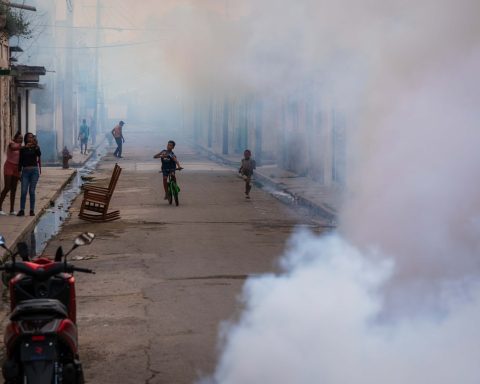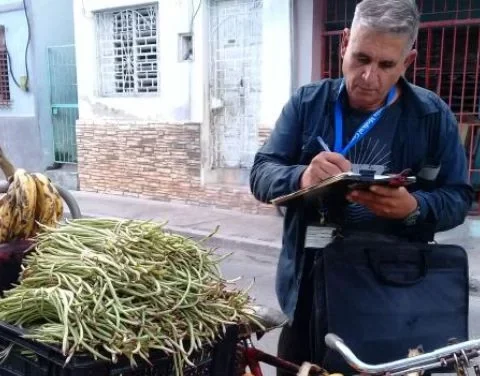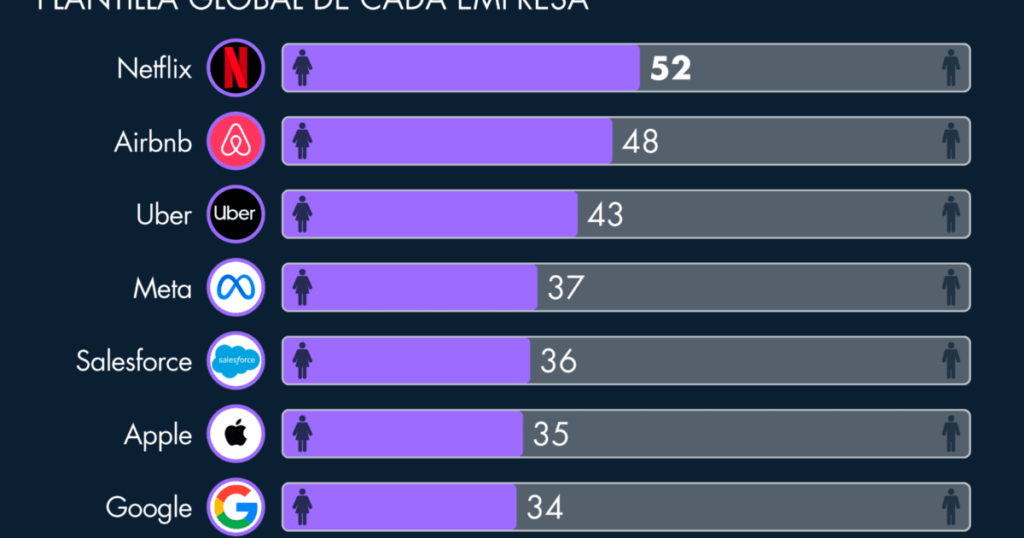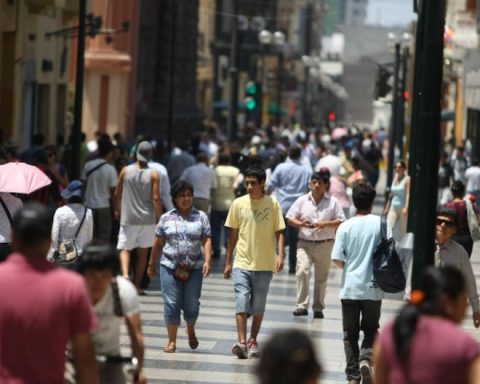For the year 2023, the prioritized objectives defined by the Ministry of Economy and approved by the National Assembly are the following:
- Advance in the macroeconomic stabilization of the country.
- Consolidate the restructuring of the foreign currency allocation mechanism of the economy.
- Continue advancing in the recovery of the capacities of the national electrical system and accelerate the introduction of renewable energy sources.
- Advance in the reduction of inequalities.
- Consolidate the process of decentralization of powers to the territories.
- Advance in the integral transformation of the socialist state enterprise.
It is not explicit that the order of presentation expresses the priority that they have, although, in my opinion, reaching a certain degree of macroeconomic stabilization is more than a priority if I may say so.
What happens with the rise in the prices of some goods (rice, sweet potato, oil, etc.) confirm the importance of this first objective.
Inflation has shattered the purchasing power of the income (not just the salary) of the average Cuban, and has turned basic necessities into “sumptuary goods”, making it almost a luxury to eat a plate of rice with sweet potato.
Meanwhile, the exchange rate distortion has undermined the role of relative prices in the economy, often generating incorrect signals at the microeconomic level with costs in efficiency, productivity and competitiveness.
Although a macroeconomic stabilization program requires fiscal and monetary discipline, it also requires resources to foster economic transformations and the productive system that make it sustainable in the medium term, and at the same time reduce as much as possible the “costs” of stabilization.
Insufficient internal resources? It is true that Cuba does not generate enough internal resources to undertake a program of the magnitude and depth that is needed. The behavior of gross capital formation is demonstrated as shown in the following graph:
The relatively low availability of internal resources and their little understandable allocation to destinations that, far from generating supply, drive growth in demand explain, at least in part, the need to find other ways to obtain the necessary resources.
If we pay attention to the behavior of foreign trade, it does not seem that it could be the source that provides those resources in the magnitudes that are needed, at least in the short term.
|
External Balance Goods and Services (current prices) |
|||||
|
2017 |
2018 |
2019 |
2020 |
2021* |
|
|
Exports minus imports |
2,789 |
1,963 |
1,661 |
702 |
-2,257 |
|
exports |
14,093 |
14,530 |
12,632 |
8,769 |
8,019 |
|
Estate |
2,704 |
2,742 |
2,392 |
1,783 |
2,058 |
|
Services |
11,389 |
11,789 |
10,240 |
6,985 |
5,961 |
|
imports |
11,304 |
12,567 |
10,971 |
8,067 |
10,276 |
|
Estate |
10,212 |
11,527 |
9,937 |
7,255 |
9,514 |
|
Services |
1,092 |
1,040 |
1,034 |
812 |
762 |
|
Balance Services |
10,297 |
10,749 |
9,206 |
6,173 |
5,199 |
|
Balance Assets |
-7,508 |
-8,786 |
-7,545 |
-5,471 |
-7,456 |
To make the figures consistent, the column corresponding to 2021 has been divided by 24. Source: Statistical Yearbook of Cuba 2021, table 5.13. ONEI, 2022.
In 2021, for the first time after many years, the surplus in the balance of services was not enough to offset the deficit in the balance of goods, adding more pressure to the management of the national economy.
In its report on the results of the economy in 2022, the Ministry of Economy announced that exports reached 8,717 million dollars, a result that improves what was achieved in 2021. The public data in that report does not allow us to know if the negative balance of the balance of goods and services decreased or became positive.
In any case, this presentation recognizes the foreign exchange deficit as the main restriction of the national economy. What was announced for 2023 does not seem to substantially change the situation.
A macroeconomic stabilization program will require, from my perspective, creating a minimum of conditions beforehand, since the implementation of the program will force us to reduce and reallocate expenses and find sources of income that provide some fiscal leeway. The sequence of its implementation becomes a relevant element for the good result of that program. And while it is true that the authorities have insisted that “policy ofshock ” It is also true that, if we look at indicators such as the evolution of GDP, employment, the consumer price index, the trade balance and the external debt situation, it is possible to affirm that the national economy is in shock

Photo: Yander Zamora/EFE.
Honoring the foreign debt using existing assets in a business model that allows them to retain at least part of their ownership could precede the implementation of this program. This would contribute not only to generate liquidity and release resources obtained in foreign trade, but would also activate the national productive system and help improve the perception of the business environment in the country.
Just to illustrate the idea. There are more than 1,800 state companies in Cuba today, a part of which are a net cost to the economy and to the people. A business conversion program will require capital that neither those companies nor the State have. What then stops being able to undertake the industrial reconversion on the basis of bidding for assets for debts? It is true that not all creditors will be willing to accept such a model, but it is worth trying.
What stops the possibility of also allowing compatriots who had the resources to do so, to participate in these tenders? What prevents worker groups from participating in these tenders?
Something similar happens with a part of the hotels that are 100% state owned. Perhaps the greatest utility that they can offer today, —when occupancy levels are two or three times less than those of 2018— is to serve as assets in a foreign debt negotiation process that today suffocates the national economy. Undoubtedly within these conditions would be promoting a greater opening of the economy, facilitating
business with foreign capital, since even the established procedures are still far from the standards that are needed to make the “Cuban market” more attractive.
The same would have to be done with the “economic actors”, in the first place the state company, which is still waiting for the true reform and for the essential resizing that will make it the main engine of the national economy.
How many companies are truly profitable? And of the more than 1,800 state companies, how many export? How many are truly “fundamental, decisive” for our development aspirations?
How long will the national economy be able to continue sustaining these current transfers from the state budget to the state business sector? Also to MSMEs, all cooperatives, Local Development Projects, Self-Employed Workers. Isn’t it necessary facilitate
much more those processes?
Today, a third of the entire working population of the country belongs to this non-state sector. They are almost equal in number to employees in the state business sector. For several years it was these non-state actors that generated the largest number of new jobs. Like the state companies, their potential exceeds what the institutional framework allows them, why not take advantage of those potentials?
The national economy has gone through more than one experience where sequential errors in the application of economic programs and policies have ruined good intentions. The last of these experiences, the so-called “Ordering Task” allows us to verify at least two facts. The first: that the context in which a measure/program/policy is implemented can be decisive in its success or failure, and the second: that the correct sequence usually also has a decisive impact on the results. In these cases, the order of the factors does alter the product.
Source link















